From Bibles and other religious writings and those who witness for Jehovah
Whatever language is your native tongue or first language, God has taken care every person wherever in the world shall be able to read His Word and shall be able to come to understanding.
We also know the importance of the preaching of that Word of God. Coming closer to the end-times the Word of God shall be preached all over the world. To do that, God uses lots of people. They may come from all sorts of walks of life and from all sorts of denominations. One main same crunch and likeness point is that they are real lovers of God who want to show the world Who God is and which way we have to go to reach the goal God has set in front of mankind.
It are those lovers of God, who are willing to study God His Word and prefer God His Word above the words of mere human beings, that want to show the world how Jesus is the Way to God and not to himself, like some trinitarian Christians may think. Jesus knew very clear Who God was and that he is lower than this Mighty God Who knows everything, whilst Jesus had to learn everything and did not know a lot of things, even had no knowledge of very important things at the end of his life and after he was resurrected from the dead.
All over the world you may find sincere Bible Students of different denominations, but all with the same goal, to worship One and Only One True God, the God of Israel.
People may know the Jehovah Witnesses very well and may not see that there are also many other lovers of God who preach for that same Jehovah, because He is the Elohim Hashem Adonai Whose Name is Holy and should be praised. Many others than the Witnesses of Jehovah witness for Jehovah. The Jehovah’s Witnesses also should know they are not the only ones preaching in the name of God.
Christians should also know that it are not only Christians who worship God, because that is too often a wrong thought of many Christians. In the world there are many religions where people try to build up a relationship with God. They all may have their own peculiarities, but they are looking for the same Spirit, the Eternal Divine Creator. Some of them still may not know His real Name, and use titles which also belong to Him. Others may use a name or title not familiar in an other culture or language.
What is important that wherever people are in the world, whatever language they speak, is that they come to know the Most High Divine Creator.
2016 has been a very particular difficult hoar year where several groups did everything to blacken religion and in extremis those religions where there are people who try to worship only One True God in the best way they can think of. In Europe, Asia and America Jews were bullied and felt threatened. Muslims did not have it easy either by some so called Islamic groups blackening their religion and having so many people getting afraid of everything that smells of the Islam world.
The fear ISIS brought over Europe was so much damaging to the Muslim community that it got envisioned as something from the devil by many Christians and atheists. Many citizens could not at all bring up any respect for the way how those people wanted to commit themselves to their faith.
The Muslim faith came to be in such a bad light that everything close to a Mohammedan has gotten a bad smell. For that reason it is not bad Christians better to revise their view and should have a closer look to the real sincere Muhammadan or real Muslim.
Lots of people did everything to get religious people to become divided. Lots of so called Christians started to oppose Muslims, calling them names and even attacking them. The other way round certain Islamic countries took adversary to Christians who also used God’s title Allah.
It is nice that we may find you here as one of our readers. Perhaps you also know other sites of International Bible Students or do you also visit other sites of Bible Scholars, like Bijbelvorsers. In March we also presented already some new websites for 2016 which make an effort to bring people to God. As such for English readers there is the site and blog Relating to God.
We also do find it important that we as children of God come to know other creatures of God and come to understand the way of thinking of such other human beings.
For this reason we would like to present to you two new websites which also try to bring people to the One and Only One True God.
The first one, which started at the end of November, may be from an awkward person asking lots of questions. As Lastige Vragensteller or Troublesome Inquirer, he poses many questions but dares also to look at the many answers Muslim and Christian writers may offer to humanity and compares it by what he can read in what those religions say what their Holy Writings are. As such you shall be able to compare Quran verses with Bible verses and perhaps find some light shed on what Muslims might believe right or wrong and on what Christians might believe right or wrong according to their own writings.
That inquirer is not afraid to question both religions and to notice how in Islam Faith as well as Christian Faith there are groups which do not adhere the teachings of who they say they are following. For him it is clear that there are false teachers as well in the Muslim as in the Christian world and that we should be very careful before we judge one or the other group, knowing that there is such thing as not true Islam and not true Catholicism or not true ‘Christianism’ in Christendom opposed to Christianity which always should be pure, with people following the teachings of Jesus.

The other new website which stared only a few days later, in December, also wants to tackle the differences in Christendom and/or Christianity with the thought of the Jewish rabbi Jeshua, who is by English speaking people mostly called Jesus. Immanuel Verbondskind looks at that Christ from the Christians and concludes that there are many Christians who have taken Jesus as their god, though that master teacher never claimed to be God, and as every Jew only worshipped One Singular and not a Tri-une god.
Comparing the writings on which Jesus based his teachings, namely the Tanakh, with the Torah, the Writings and the Prophets, Immanuel Verbondskind also looks at the second group of Writings (the Kethuvim Beth or Messianic writings) and notices how many Christians have gone far away from what is really written in the original texts, often also having wrong ideas because they do not understand the Jewish way of thinking.
For this writer and his blog it is of utmost importance to return to the original texts and to keep to the infallible Word of God, which is handed over to mankind by the pen of several by God chosen men, scribes and prophets. for that reason he also first looks at how we do have to come to read those precious Scriptures which god gave to mankind to come to know Him.
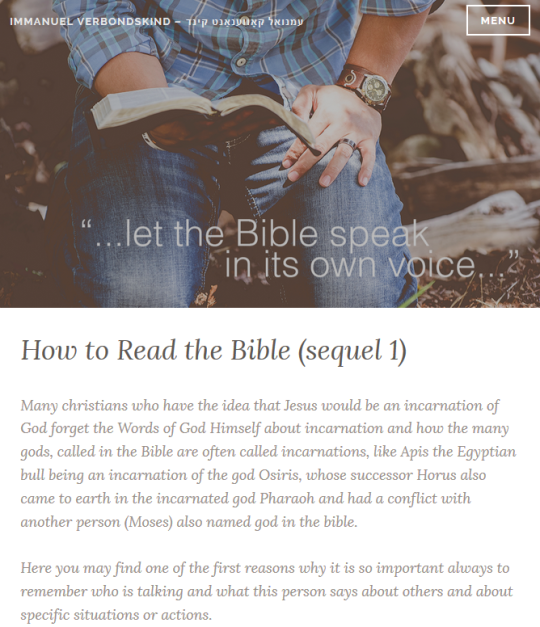
Both blogs focus on God’s Word and say that Voice of God should be the Guidance in our life and not the dogmatic teachings of people.
As a young wanderer Immanuel Verbondskind shall look at the way of speaking of the different religious entities, which both claim to worship One God. He shall look at the religious penmen or theologians and shall uncover their teachings which are not in line with the Biblical teachings. Though for him is it clear that Christians concerning God should be in line with Jews, but Christ Jesus can never be the God of the Jews, like it also never was the God of Abraham nor the God of Jesus himself.
So many Christians have lost the track and have come to believe more the false teachings of a three-headed god, because they did not listen to God, not to God His sent one, the son of man and son of God, rabbi Jeshua or Jesus Christ and do not come to see the Plan of the Master Maker God.
Reading the Holy Scriptures is essential to come to the Truth. At this website we do expect to have several quotes from the Holy Scriptures to be presented and to be looked at, when speaking about certain Jewish traditions and Christian traditions which have nothing to do with God יהוה (YHWH = Yod Heh Vav Heh = Jehovah) His Word but where imposed to man by ‘theologians‘ or rebbe.
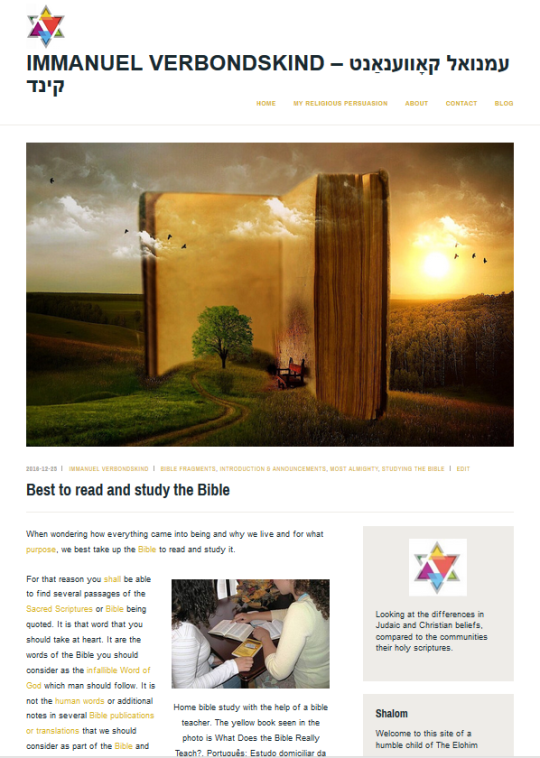
We do hope you may find interesting articles at those two sites which each looks from a different angle at Christianity.
Enjoy reading and get inspired to take up your bible and to compare what is said with what is written in the Bible.
+
Preceding
Male domination and tyranny giving opportunities to defile the Name of God
Our openness to being approachable
Helping websites to prepare for the last days
++
Additional reading
- Not true or True Catholicism and True Islam
- 2013 Lifestyle, religiously and spiritualy
- At the closing hours of 2016 #2 Low but also highlights
- Digging in words, theories and artefacts
- Approachers of ideas around gods, philosophers and theologians
- Daring to speak in multicultural environment
- Maybe it is About Me
- Exceptionalism and Restricting Laws
- Manifests for believers #5 Christian Union
- Evangelisation, local preaching opposite overseas evangelism
- Engaging the culture without losing the gospel
- Why the church keeps losing it’s grounds.
- Looking for a biblically sound church
- Challenging claim 4 Inspired by God 3 Self-consistent Word of God
+++
Further reading
- Denominations
- Examining Christianity’s Roots & Denominations
- Denominations & A map of the most common Christian denominations by county
- Denominaitons & Largest 25 Denominations/Communions from the 2012 Yearbook of American and Canadian Churches.
- Is Roman Catholicism Just Another Denomination?
- One Voice
- The Bigger Picture
- The urge to merge: A few notes about Presbyterian agencies
- Growing God’s Church: How People Are Actually Coming to Faith Today
- Token Minorities in Reformed Churches
- The Church Should Maintain Theological Distinctions
- Loyalty Today
- Dedicated to God, Not a Denomination
- Diversity, Unity, Liberty…Love
- Why Prayer Meetings Fail
- Aren’t They all Churches of Christ?
- Don’t Ever Call Me a Baptist
- Who is a Heretic?
- Christianity & individualistic communities; the perfect exclusivity storm
- Your church isn’t THE church: tribal denominationalism
- Is Our Jesus Unnecessary? The Long Erosion of the PC(USA)
- Her God, His God, Your God, My God
- Christian traditions: Where do we fall short? II – One Body
- The Not So Assemblies
- An Agnostic Christian Socialist’s Confession of Faith
- Church of Christ: Part 1
- Church of Christ: Part 3 – What’s Going to Happen?
- Why Should Churches Connect?
- A Church of their Word
+++
Related articles
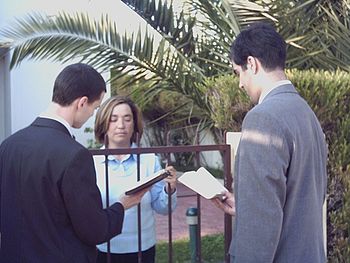









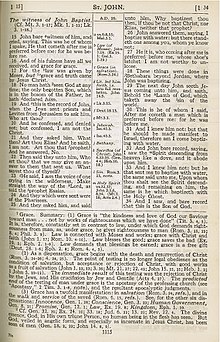
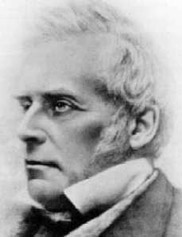
 It was after 25 years serious research that in 1881 the British bishop, biblical scholar and theologian, and
It was after 25 years serious research that in 1881 the British bishop, biblical scholar and theologian, and 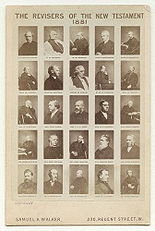

















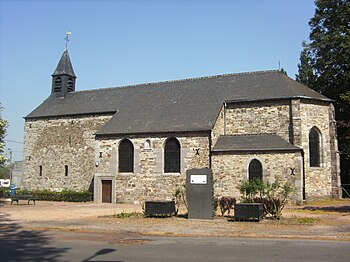






















 Bijbelvorsers Webs
Bijbelvorsers Webs Belgische Vrije Christadelphians / Belgian Free Christadelphians – Old Google Main Website
Belgische Vrije Christadelphians / Belgian Free Christadelphians – Old Google Main Website Christadelphian Ecclesia
Christadelphian Ecclesia Hoop tot Leven – Redding in Christus
Hoop tot Leven – Redding in Christus
Recent Comments